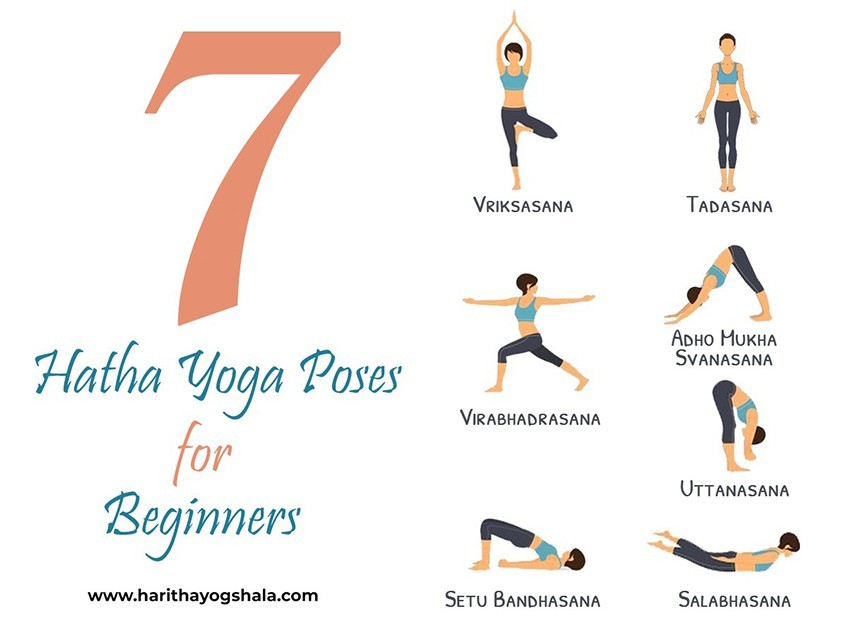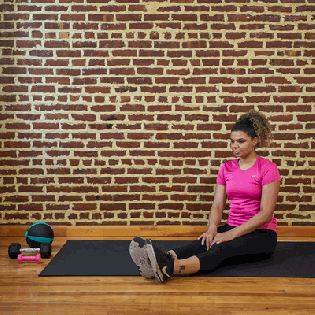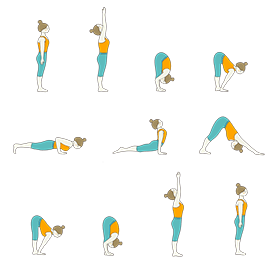
The Yoga Sutras Of Patajali, a collection comprising 196 Sutras in Sanskrit, is called the Yoga Sutras. The texts were compiled in the early centuries CE by sage Patanjali, who synthesised the wisdom of the older traditions on yoga. These sutras, which were initially a work-in-progress, are now considered one the most important sources worldwide for practicing yoga.
There are four chapters to the Yoga Sutras. The first chapter deals with enlightenment. Next, the four remaining chapters address the steps required to reach that goal. The 52 sutras outline the benefits of meditation, kriyas, and niyama (pilates). The 54/55 sutras detail Ashtanga and Karma yoga. The last two sutras explain the benefits of meditating on a regular basis.
Patanjali’s Yoga Sutras are regarded as the foundational text and basis of yoga. They are composed of 196 short verses. Although they date back to 400 B.C. scholars believe Patanjali wasn't the original creator of yoga but rather an excellent expounder of it. The sutras are divided into five levels called padas.
Samadhi, the eighth limb, is it. This state of pure contemplation and meditation is the highest goal in yoga. In the Sutras nirbija–samadhi is also called seedless contemplation. It is when the body is totally separate from the spirit. This means that the mind can be freed from any ego and matter.

Yoga is a spiritual pursuit, and the Yoga Sutras offer the basis for it. It involves following the principles of Nature. The three essential qualities of nature include sattva rajasa and tamasva. The sattva Yama is the first and greatest, but it can also be the most difficult. Although it's not easy to see the purpose of each of these, ahimsa remains the most valuable of all four.
The Yama and Niyama sections are the three parts of the first book of Yoga Sutras. The first section is a biography about Patanjali, the famed yogi. The most important yoga sutras can be found in the second volume. The books also have information about the history, practice, and development of yoga. The sutras not only provide historical background but also discuss the origins and evolution of the practice.
In the original text the Sutras from Patanjali are split into four distinct sections: Mahabhashya. Pranayama. Bhashya. The Mahabhashya third chapter is an important part of the book. It describes the principles and practices of yoga, and the stages of enlightenment. The fourth chapter deals with Panini's defense.
The Yoga Sutras in the second section of the book are the most popular of the Patanjali - inspired texts. Although the Sanskrit language words are used, the Sanskrit word "sutra" means "thread". The Sutras are a part of Hindu Scripture. It is the base of yoga. Its creation dates back to 250 BCE and the first centuries of the first millennium.
The Yoga Sutras are often dense, abstruse, and complex in terms of language and content. Because of their difficulty, a commentary on the Yoga sutras is highly recommended. But it is not an essential part of the Yoga sutras. The translations of Yoga sutras are subject to some debate, but the core of the book is the text. Some editions of the book use "asana", which refers to one posture, while others use different phrases.

The Yoga Philosophy Sutras by Patanjali, known as the Yoga Philosophy of Patanjali, are considered to be among the most important yogic texts. You can learn the Sutras whether you are looking to do yoga in modern times or the old techniques. They're relevant to modern-day yoga. It's up to you to decide how you want to use the Yoga Sutras. There are countless benefits to learning the Yoga Philosophy of Patanjali.
The vast majority of sacred texts contain Patanjali’s insights. His writings detail the eight limbs in yoga, the five types and qualities of yogi brains, as well the five types. These Sutras are an inspiration for modern yogis. They should be read and carefully studied. This book will help you understand the basic principles of Yoga.
FAQ
How to build muscles quickly
Fast muscle building is possible by eating healthy foods and regularly lifting weights.
Mornings are the best time to workout.
It is a good idea to do exercises like push-ups (pushes), bench presses (squats), and so on.
Use different weight training techniques and drink plenty water throughout the day.
What is a good daily gym routine?
To stay fit, you need to exercise regularly. No matter what kind of exercise you do, as long you do it consistently. Consistency is the key. To achieve success, you need to persevere for a long time.
Begin small daily activities like walking. Start by walking for a few minutes every day. Gradually increase your time exercising to 30 minutes per week. You could do this by running, swimming, weight training or yoga.
You should try to ensure that you exercise most days of the week. If you have a valid reason to skip a session, it is best not to.
Wear appropriate clothing and footwear when exercising outdoors. You also need to consider the weather conditions and whether they affect your ability to exercise safely.
When you exercise, drink plenty of fluids. Avoid alcohol consumption during this time as it can lead to dehydration. Also, avoid caffeinated drinks such as coffee, tea, and cola. They may give you energy, but they will also dehydrate you.
When you first start exercising, you might feel tired after completing your workouts. Keep going with your workouts and you'll soon feel more energized.
Are Cardio exercises good or bad for your health?
Cardiovascular exercise is a great way to improve your cardiovascular health. It improves blood flow, strengthens your heart muscle and increases stamina.
Cardiovascular exercise includes running, biking, hiking, swimming, tennis, basketball, soccer, volleyball, football, etc.
It is important to keep in mind that cardio exercises should not only be performed at a high level of intensity, but also at low levels. This could lead to injury.
Only do the cardio exercise when you are feeling good.
You should never push yourself beyond your limits. In this way, you may injure or even kill yourself.
Cardiovascular exercise is best done warm-up first. Next, increase your intensity gradually.
Always listen to your body. If you feel pain while performing cardiovascular exercise, it is important to stop immediately.
It is also recommended to take some time off after a cardiovascular exercise. This allows your muscles to recuperate.
Cardiovascular exercise is an important part of losing weight.
It is the best way for you to lose calories and decrease belly fat.
Statistics
- By John Thompson Take a whopping 38% off a set of PowerBlock Pros. (menshealth.com)
- 10 pounds in a month is likely during a lean bulking phase, especially for beginners. (muscleandstrength.com)
- Get free shipping and 25% off today. (healthline.com)
- Cardmembers earn 5% Back at Amazon.com with a Prime Credit Card. (amazon.com)
- The PRS enabled risk stratification for overall prostate cancer and lethal disease with a four-fold difference between men in the highest and lowest quartiles (HR, 4.32; 95% confidence interval [CI], 3.16-5.89). (pubmed.ncbi.nlm.nih.gov)
External Links
How To
What should you eat before you go to work?
Losing weight requires you to consume fewer calories than what you burn in exercise. You also need to consume all your nutrients.
This includes protein, carbohydrates, fats, and vitamins.
The best way to achieve this is to eat smaller meals throughout a day rather than three large meals.
It is possible to not do as well if your body is too full when you work out.
Water is better than energy drinks that contain sugar and caffeine. This keeps you hydrated and energized.
However, make sure you are consuming enough fluids. Drinking too much water could dilute the electrolytes in your system.
For proper functioning, the body requires electrolytes.
If you don’t have any access to water, sports drinks might be a good option. They can be rich in minerals like sodium, potassium or calcium.
This help replenishes lost electrolytes. They won't be able to replace the electrolytes you have lost through sweating.
You can take multivitamin pills if you are concerned about salt loss during exercise.
These supplements contain additional vitamin B6, which can help regulate your body's sodium levels.
However, you shouldn't rely on supplements if you don't know how much salt you're getting from food and beverages.
They are not regulated by Food and Drug Administration (FDA).
Certain brands of sports drinks might contain more sodium than others.
Some sports drinks could even contain artificial sweeteners. These could cause digestive problems.
If you are concerned about over-salting, you can use sea salt.
It contains fewer chemicals that table salt.
Sea salt also lacks iodine. This mineral is important for healthy thyroid function.